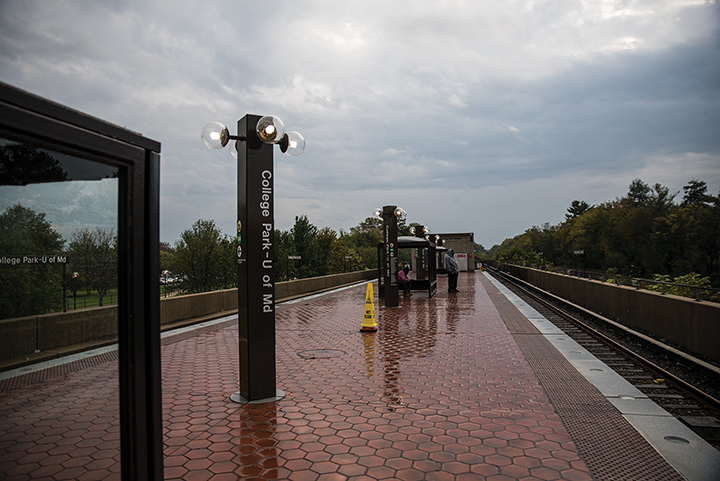Views expressed in opinion columns are the author’s own.
WMATA has its problems. The Metro can be unreliable, expensive and less than convenient. But it’s not going to get any better unless D.C.-Maryland-Virginia residents invest their time, faith and fare money in the system.
Since the rise of ride-sharing apps such as Lyft and Uber, Washington, D.C., has had the biggest decline in public transit ridership among cities with comparable transit systems. While the convenience and relative affordability of ride-sharing services make them an understandable alternative to the region’s ailing Metro system, it’s a short-sighted solution.
Like most public transit systems, Metrorail fare revenue alone doesn’t cover the system’s operational costs. Similarly, the average Uber fare only covers 41 percent of the ride’s cost, while funds from investors pay the remaining 59 percent. The company stays afloat on this investor capital reserve, but as Uber admitted when the company filed to go public, there was a chance the company would never turn a profit.
This lack of financial success trickles down to ride operators as well. When the cost of car maintenance is factored into wages, the average Uber driver makes less than $10 an hour before taxes, which is far below a living wage in many places in the U.S.
Even though the cost of car maintenance isn’t deducted from drivers’ paychecks, it’s still a real cost that has to be considered when measuring wages. By one measure, almost 1 in 10 Uber drivers actually lose money when factoring in these costs. On top of this, Uber is notably hostile toward its contractors, doing its best to prevent them from unionizing and pushing them into subprime auto leases.
Unlike with Uber, if more people use WMATA’s services, reliability will likely improve. Given that Metro rides are somewhat subsidized, the higher ridership is, the lower per capita public subsidy will be. WMATA provides a public service, while Uber tries — and fails — to turn a profit. Uber’s business model is not stable in the long term, and WMATA will be here to pick up the slack when it eventually collapses.
Aside from the logical reasons to opt for public transit, riding the Metro can make you feel like part of a greater community. As Americans grow increasingly isolated, partaking in a shared commute can make you feel less alone. You can sit alone in an Uber, praying your driver doesn’t make awkward conversation, or you can partake in the ritual of minding your own business on public transit while silently absorbing all the sights and sounds the Metro has to offer.
WMATA cannot fill every gap in the transportation network, and ride-sharing apps like Uber can be helpful in this regard. However, whenever possible — not merely when it is convenient — investing in WMATA’s community-serving infrastructure will help to strengthen the system itself as well as the collective identity of DMV residents.
Emily Maurer is a junior environmental science and policy major. She can be reached at emrosma@gmail.com.



